The Right Dip Pen for Your Goals
Have you ever tried drawing with a dip pen?
If yes, did your artwork turn out the way you hoped?
Dip pens perform differently depending on the brand, size, and shape of the nib. That means that some nibs might be better suited for how you draw.
Learn which are right for you.
DISCLOSURE: Some of the links in this article are affiliate links. I earn a small reward or commission when you use those links for a purchase. Read more about the Affiliate Disclosure on the Terms Page.
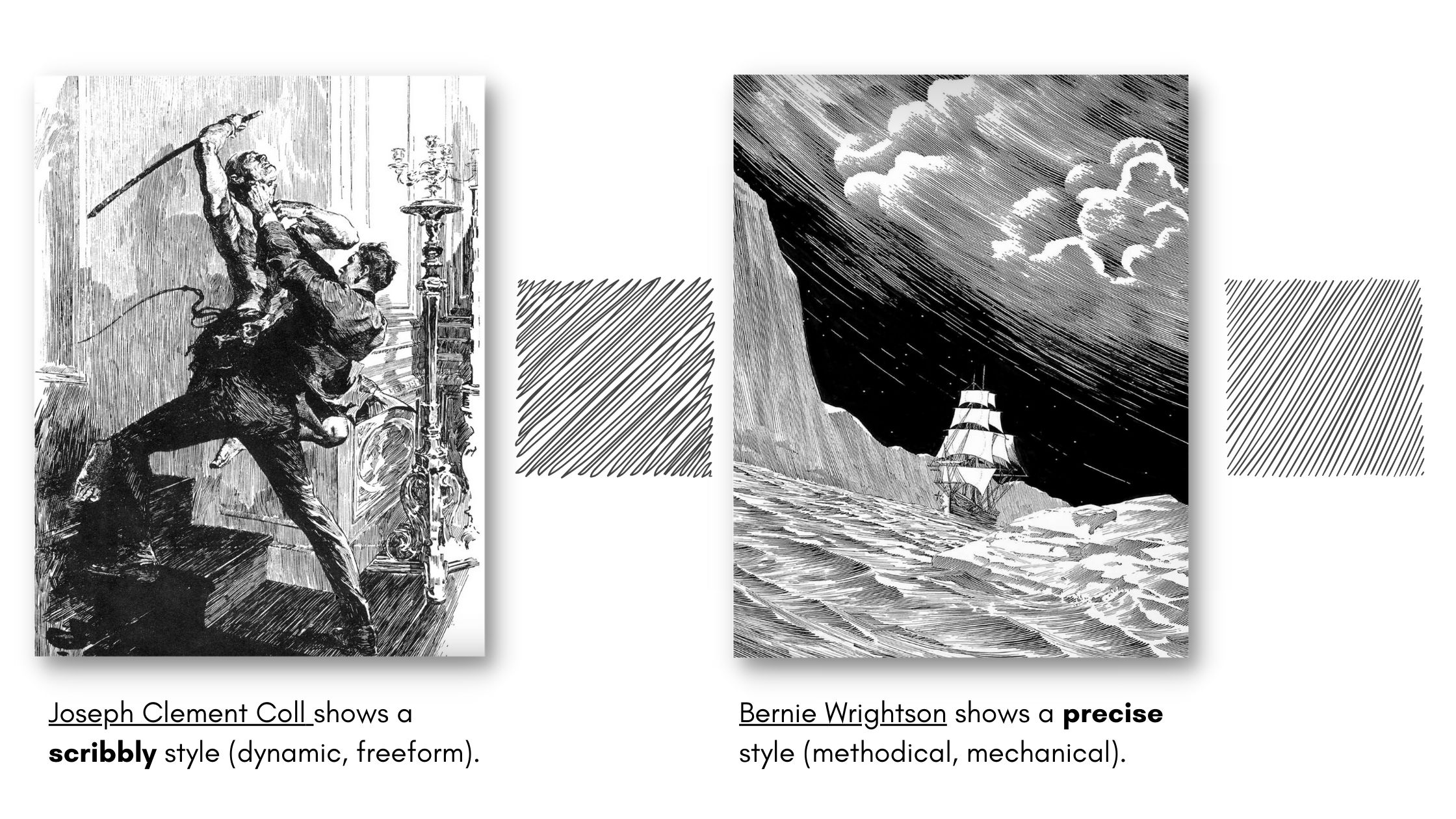
To get the results you want, the first step to finding the best fit between the tool and your art aspirations is to start with the end goal in mind.
- What do you hope to achieve with pen and ink or do differently by using dip pens for inking?
- Is there a particular “look” or “effect” that you’re excited about exploring with dip pens?
- Who are your influences?
Is there a Master whose work resonates with you – in terms of a style or technique you’d like to emulate in your artwork?
Who are your influences?
If you haven’t thought much about your influences, click the download button above for a shortlist of pen masters.
The list consists of illustrators, comic artists, mangakas, concept artists, and a few painters who sketch in ink.
Go ahead and look through the masters. Their names are hyperlinked so that you can click and admire their work.
The mark-making style that you want to emulate in your artwork may influence your choice of dip pens.
Once you’ve identified what you want to achieve with dip pen and ink, let’s review dip pens to find a match.
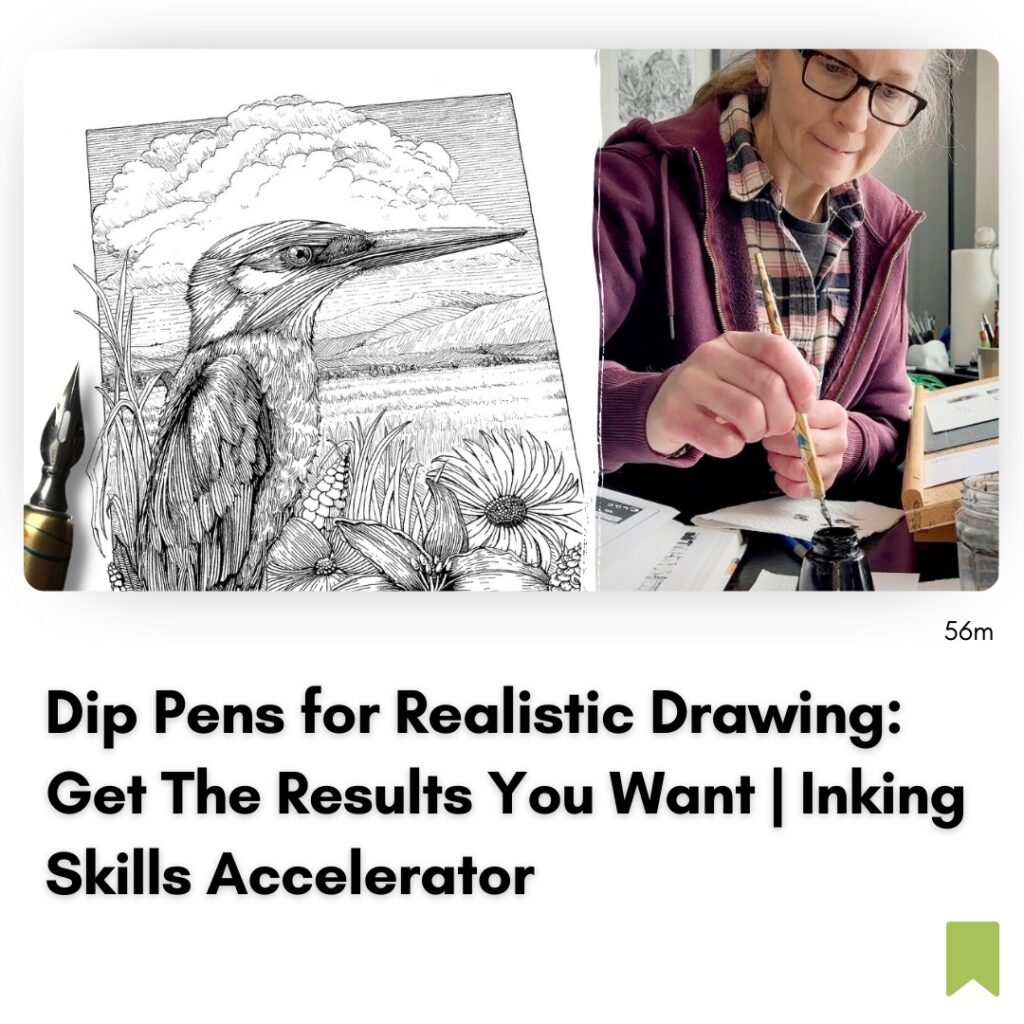
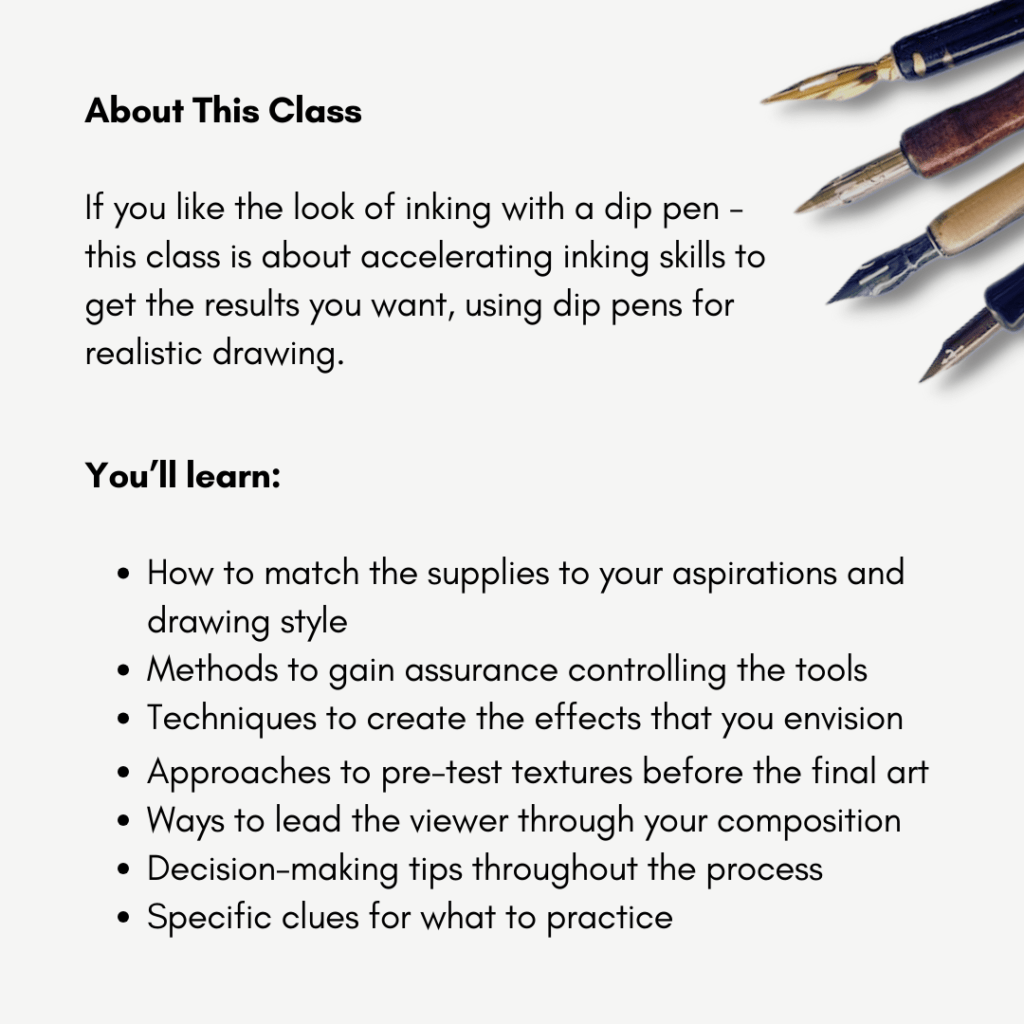
You can take my dip pen class for free on Skillshare with a 30-day trial (and have access to all their courses). Or if you prefer to own it forever, you can purchase my course from Udemy.
Why draw with a dip pen?
A dip pen is a pen that you dip in ink. It has two parts, a nib, and a pen holder – also called a handle.
Where dip pens shine, and why you would choose it over another inking tool is the flexibility of the nib.
You can seamlessly vary the thickness of a line in one stroke without having to switch pens. This is what’s called “line quality”.
Another advantage to dip pens is you can own one handle and switch the nib to vary the effects of the line quality. However, I prefer to have a dedicated holder for each nib, this saves time.
You can use the same pen with different types of ink and experiment with colour.
Dip pens are eco-friendly compared to non-refillable throw-away pens, are relatively inexpensive and they last a long time.
Compared to a regular inking pen, dip pens can be less convenient because:
- There are more parts to deal with.
- They require maintenance and care to stay in good working order.
- It takes longer to complete a piece because of the constant dipping, wiping, and safekeeping of your nib during the ink application.
- Depending on where you live, you may be challenged to find dip pens at your local art store, and it can be perplexing to purchase online without really knowing what to look for.
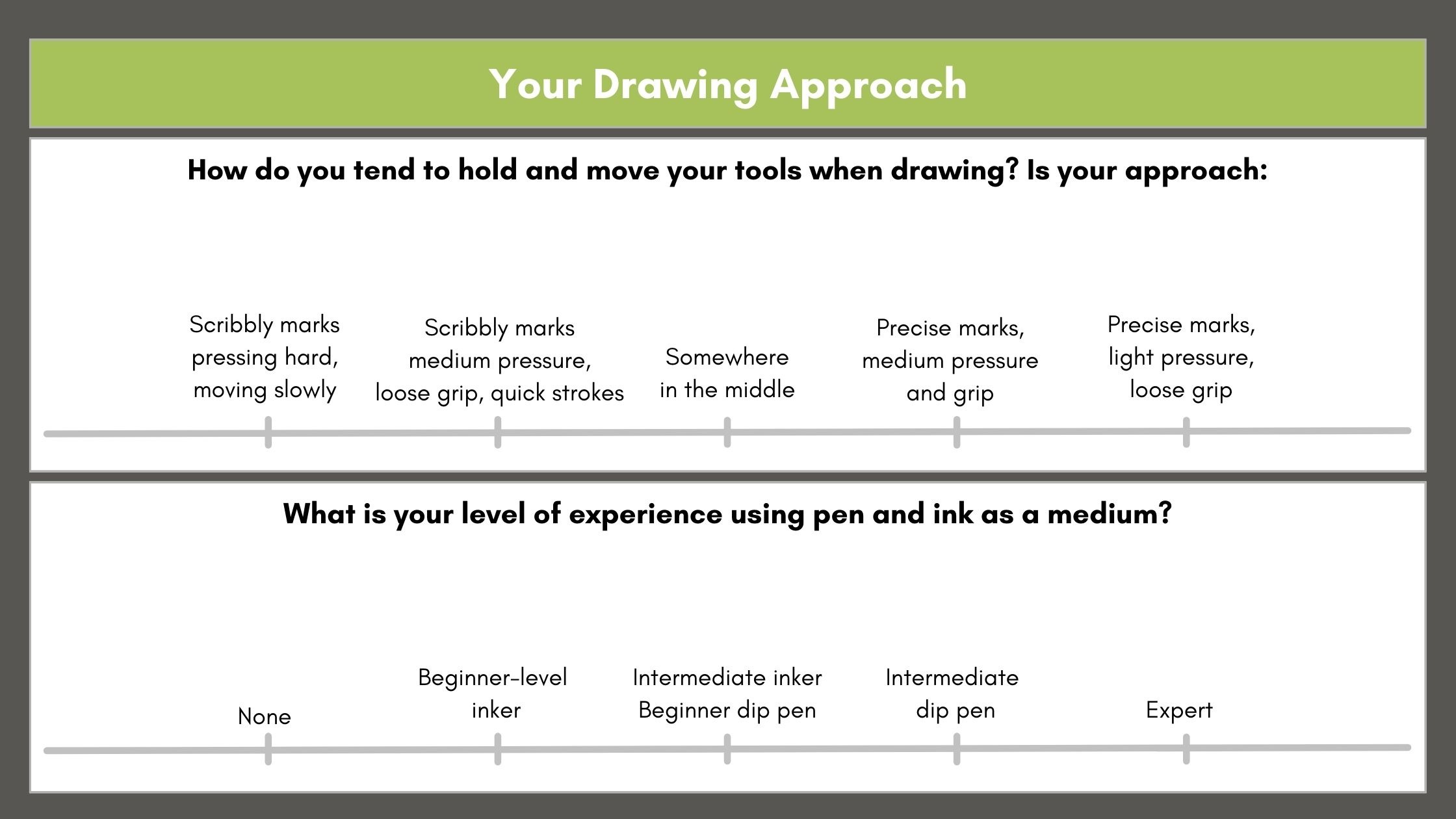
Types of nibs
Many nibs are made uniquely for calligraphy writing.
This means that you can narrow your search to nibs or pen sets that are labelled for:
- Drawing
- Sketching
- Mapping
- Illustration
Some nibs that are labelled for calligraphy are actually multi-purpose for both writing and drawing.
If it’s not specified on the packaging, you can identify the nibs visually. The nibs you want taper into a sharp point at the end, like this Brause Steno below.
But here’s the crux.
Each brand, type, and size of nib performs differently. As mentioned in my complete guide to dip pens, some nib types will respond well to your approach and some can be frustrating to use.
How can you tell which is which?
The three things that matter most with nibs are:
- Line quality
- Flexibility
- Elasticity
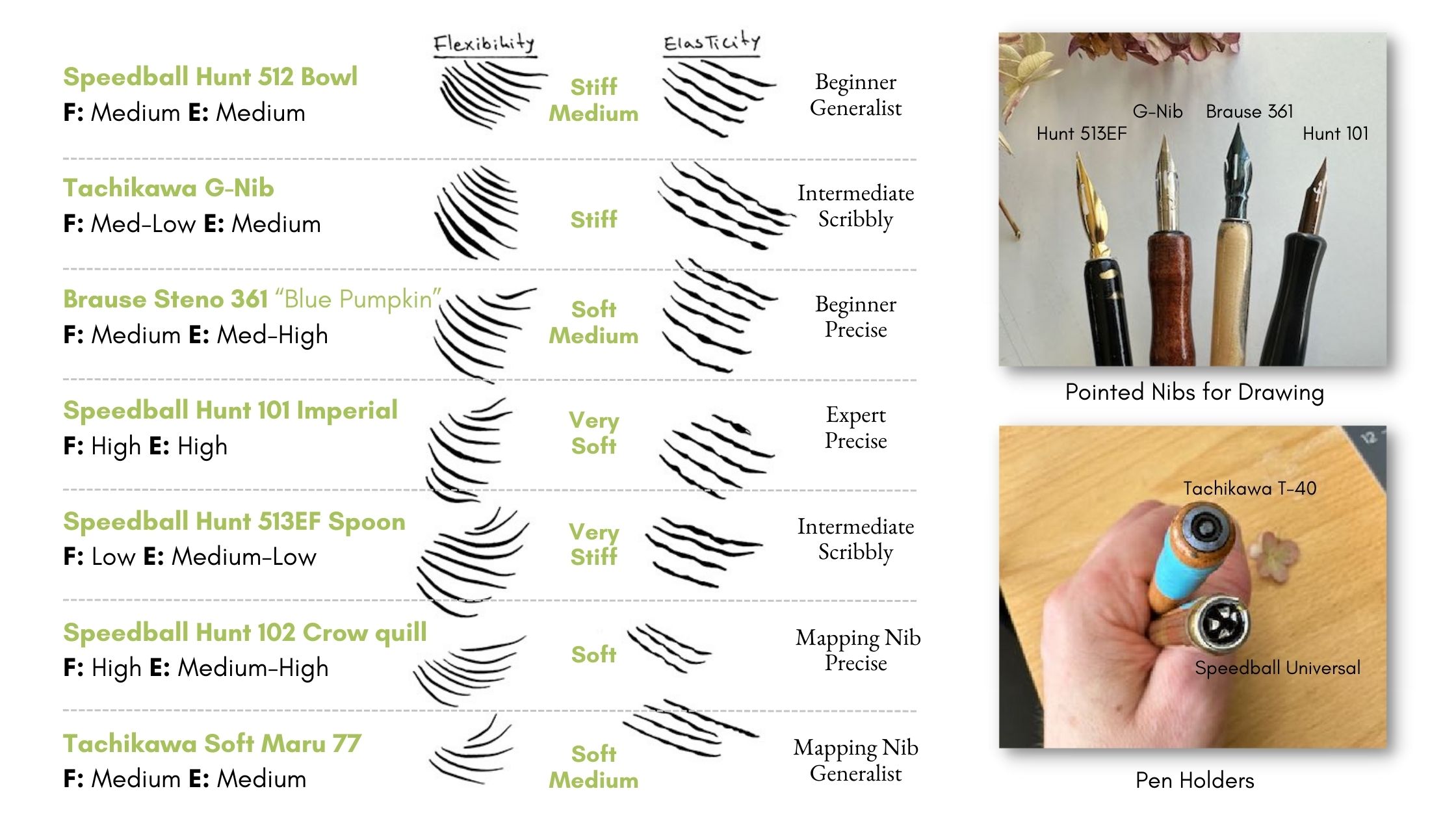
Line quality
Line quality is the width or weight of the line, similarly to how fine liner pens are numbered by tip size, nibs have a range from thin to thick.
For example, this large nib below (Hunt 513EF) is comparable to a fine liner tip size range 07 to 08.
This Crow Quill below (Hunt 102) has a line width variety comparable to a range 0.05 to 01.
If the majority of your work is tiny details or mostly big bold lines, you’d then consider a nib by its size – for that specific range of line quality.
The other factor to consider is the ratio of flex and elasticity.
Flexibility
Flexibility refers to how much a nib will bend when you press down on it. Nibs can range from extremely stiff (not flexible) to super soft (flexible).
If you’re a heavy hander using a lot of pressure – an overly flexible nib could feel erratic or sloppy. It would wear out prematurely, bend out of shape, and quickly get ruined.
In turn, an overly stiff nib can limit the range of strokes you can do to create effects, and possibly break under pressure.
Therefore, if you’re a heavy-hander, look for a moderately flexible nib.
A light-handed inker would enjoy a soft to moderate nib.
Elasticity
Elasticity refers to how quickly a nib springs back into its original shape after pressure is applied.
A beginner may find a highly elastic nib too bouncy and unpredictable to make even marks with. You’ll get a jittery stroke.
Advanced inkers will appreciate moderate to extremely elastic nibs because of how responsive they are to the slightest change in pressure.
Therefore, choose elasticity based on your level of experience. If you’re a beginner, look for a nib that has low to medium elasticity.
My recommendations
If you’re hesitant about settling on a single dip pen, a good option is to get a sample kit.
I enjoyed my Speedball’s sketching kit (below). It comes with two pen holders and six nibs.
This way you can compare tests to get a clearer sense of what to look for as you progress and build your kit.
I don’t recommend that you get a Manga-specific sampler kit as your first set of dip pens to test. Those nibs are typically too stiff and bouncy for beginners. Plus, some are cheaply made and produce unreliable results.
If you prefer to purchase a single dip pen, some nibs have proven easier to start with. I call these champion nibs “generalists”. Such as the:
- Popular Brause 361 Steno known as the “Blue Pumpkin” (Med-Soft)
- All-purpose Speedball Hunt 512 Bowl (Med-Stiff)
Consider getting two pens for a wider range of line quality. You could pair a generalist (above) with a small mapping nib (below).
Popular mapping nibs:
- Speedball Hunt 102 Crow Quill (Med-Soft)
- Tachikawa’s 77 Soft Maru (Med-Stiff)
If you find a dip pen set, where the nib and pen holder are sold together, get that. Often though they are sold separately.
Pen holders come in different shapes, diameters, and materials across brands. Some are wider in grip or offer a rubber section for added comfort.
My favourite holder is Tachikawa’s T-40 (below). It has a classic mount with two-hole sizes that fit standard Japanese and most Western nibs.
Otherwise, look for holders with a Universal mount. Universal mounts have four prongs for higher compatibility with different nibs.
Note that the Crow Quill is compatible only with its own Crow Quill holder.
It’s useful to test different brands of the same nib shape because they can behave differently.
This explains why, for example, one artist may highly recommend a G-nib when another will advise against it. Although they look the same in appearance, if they’re made by a different company, then they’re not the same nib.
To my knowledge, there isn’t an industry standard on nibs for brands to follow.
As far as G-nibs go, I like how Tachikawa’s nib behaves (below). I’m a light-handed drawer who prefers to render details with a precise approach.
To summarize, when choosing a dip pen you want to consider
- How you normally like to draw (scribbly/precise, heavy/light-handed)
- The style of mark-making you want to achieve (who are your masters?)
- The shape and size of the nib for line quality (bowl, spoon, mapping)
- The flex-elasticity ratio of the nib for your level of experience and drawing approach
- Compatibility of your pen holder if purchasing nibs separately (classic, universal)
- Testing different brands of similarly shaped nibs
For information on ink and paper, check out Tips to Get Started with Dip pens.








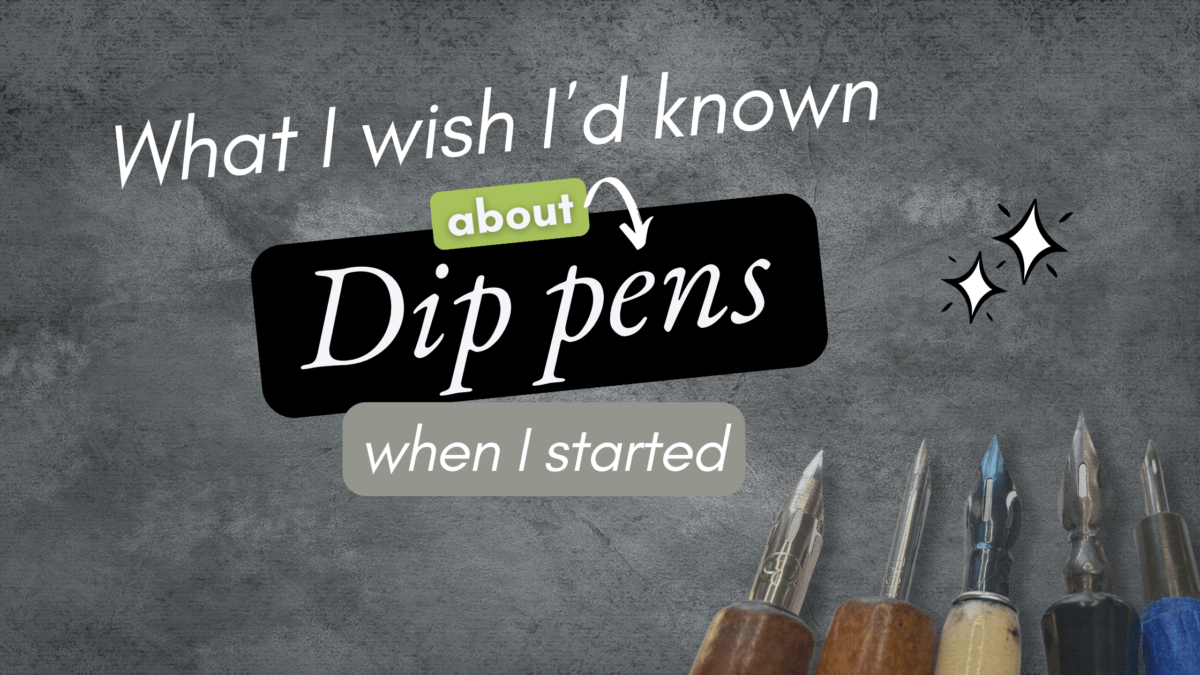


Thank you so much for this article! I know it must have taken a lot of time plus your experience and knowledge to put it together. As a newbie to pen & ink, I can assure you it is so very helpful!
I’m happy that you found the info helpful! All the best with your dip pen and ink projects!